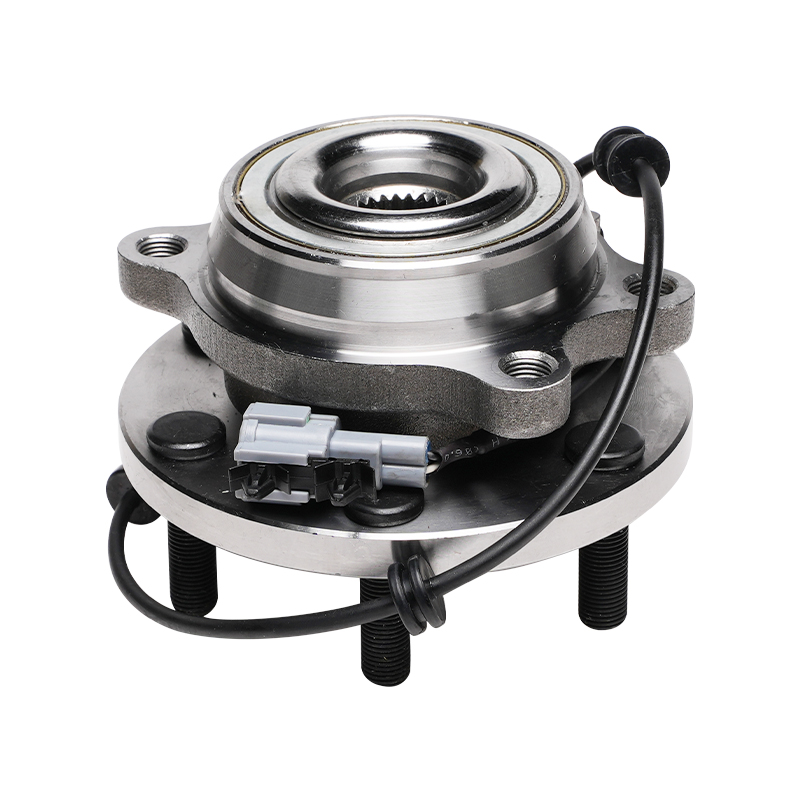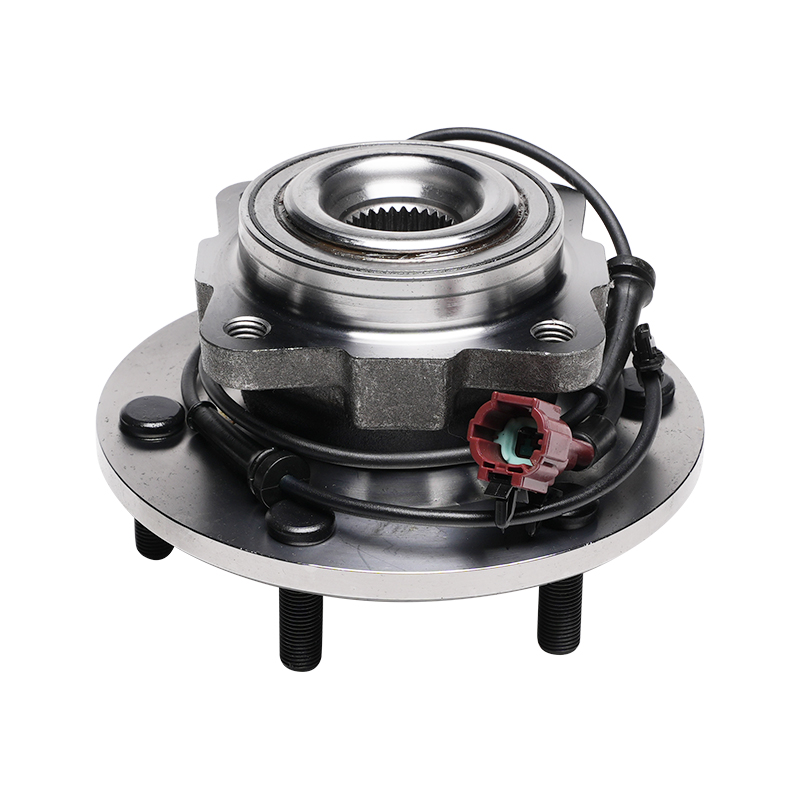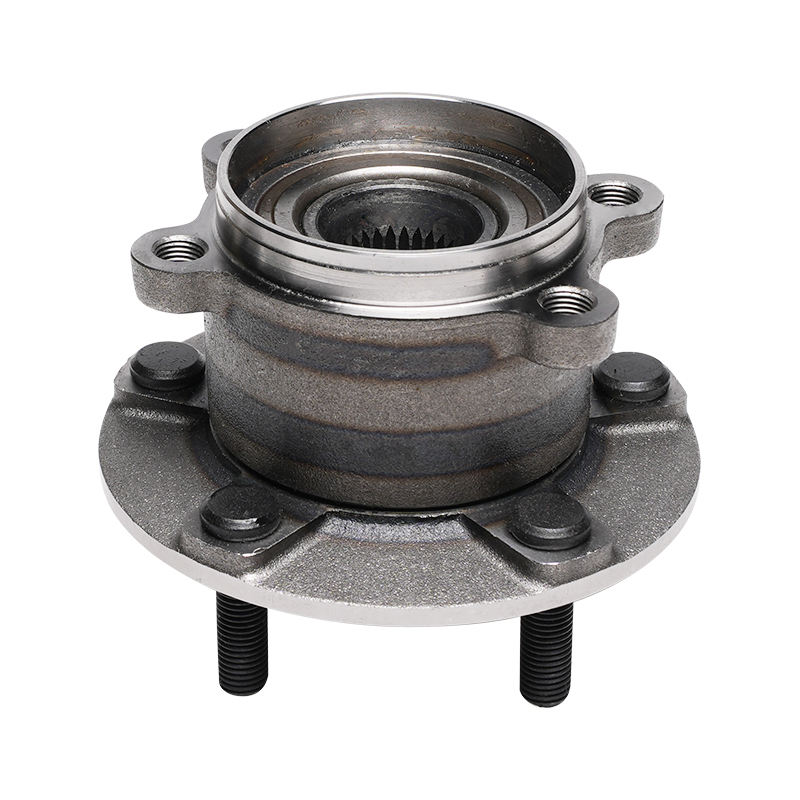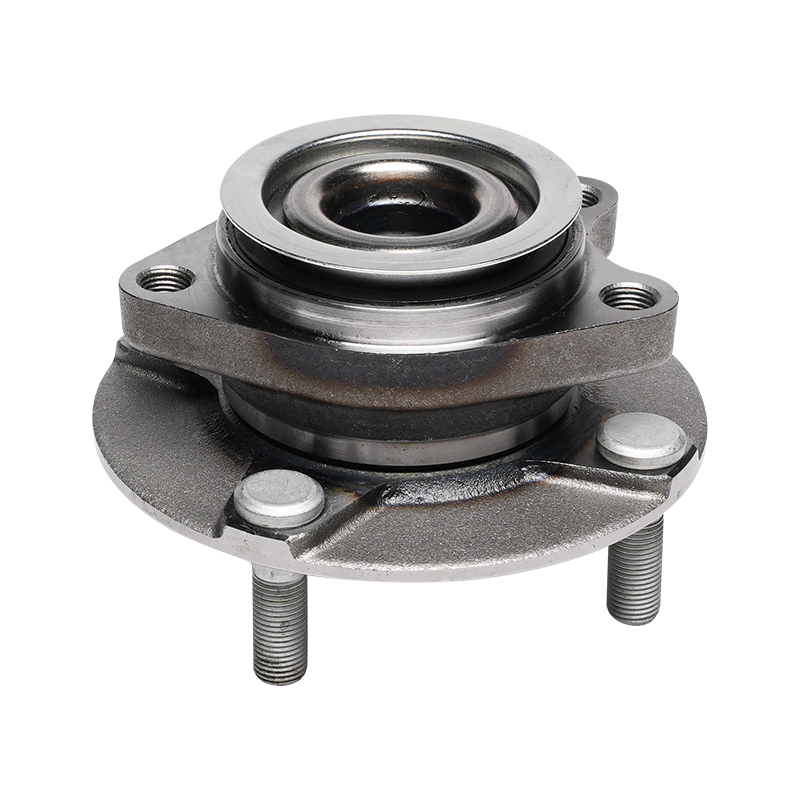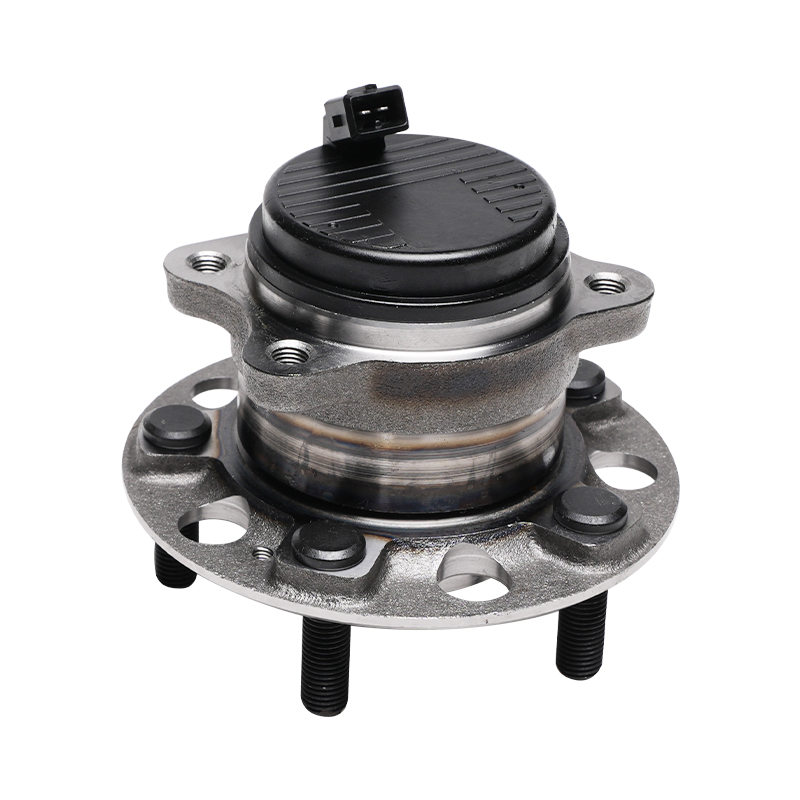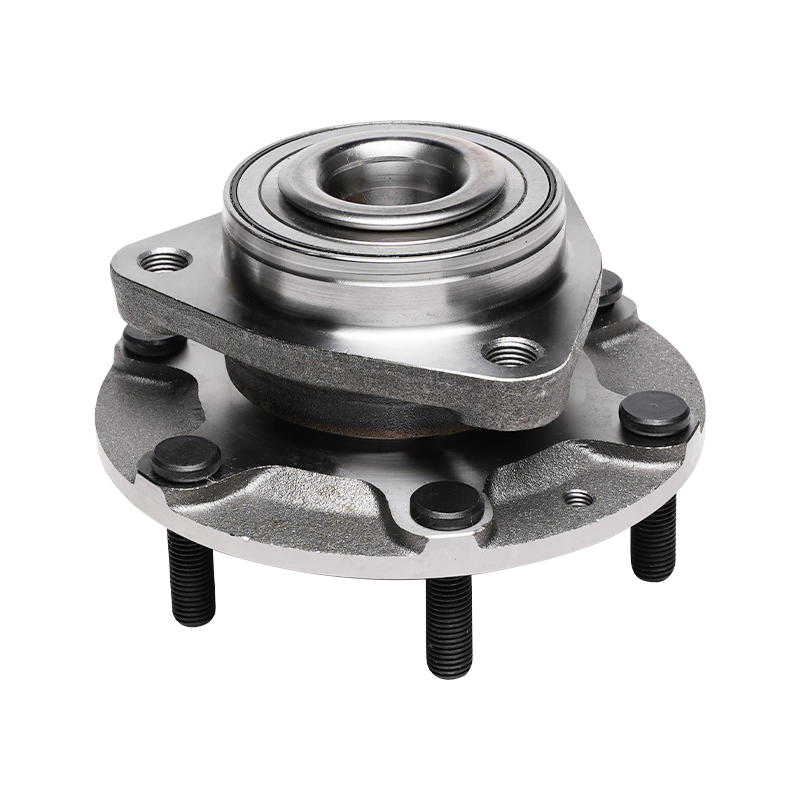Request for a call today
The core secret of car performance: the technology and evolution of wheel hub units
 2025.05.15
2025.05.15
 Industry News
Industry News
In the modern automobile industry, many key components are hidden in the invisible corners of the vehicle, but they play a decisive role in the overall performance. Among them, wheel hub units are such a crucial existence. It is not only the core component connecting the wheel and the body, but also carries the key indicators of the stability, safety and handling of the car during driving. With the continuous innovation of automobile technology, the wheel hub unit has gradually evolved from a simple mechanical structure to a complex that integrates sensing, intelligent control and lightweight material technology, becoming an important role that cannot be ignored in the vehicle chassis system.
The basic function of wheel hub units is to connect the wheel and the suspension system while allowing the wheel to rotate freely relative to the vehicle. It usually integrates a bearing system inside to reduce friction, bear loads, and ensure smooth rotation of the wheel. Traditional wheel hub units are composed of multiple parts, such as bearings, flanges, oil seals and ABS sensors, while modern integrated wheel hub units highly integrate these components to improve the compactness of the structure, installation efficiency and overall durability.
Technological progress has promoted a huge leap in wheel hub units. In the past, wheel hubs mainly relied on mechanical structures to complete basic functions, but nowadays, they are more integrated with electronic and intelligent elements. For example, the speed sensors required by ABS (anti-lock braking system) and ESP (electronic stability program) are usually integrated in the wheel hub unit to achieve real-time monitoring of wheel speed and provide data support for driving safety.
The material selection of wheel hub units also reflects the automotive industry's ultimate pursuit of lightweight and durability. With the trend of traditional steel wheels being gradually eliminated, the application of lightweight and high-strength materials such as aluminum alloys, composite materials and even carbon fiber has enabled the wheel hub unit to significantly reduce the weight of the vehicle while ensuring structural strength and fatigue resistance, thereby improving fuel economy and dynamic response capabilities. The use of new materials has also greatly improved the corrosion resistance and service life of the wheel hub, reducing the maintenance cost of the vehicle.
Against the background of the rapid rise of new energy vehicles, especially electric vehicles and self-driving vehicles, wheel hub units have also ushered in new development opportunities. As one of the future drive forms, electric drive wheels (In-Wheel Motor) are being developed by more and more manufacturers. This design of integrating the electric motor directly into the wheel hub subverts the traditional power transmission structure, making the layout of the car more flexible, the energy transmission path shorter, and the power response faster.
The development history of the wheel hub unit is a microcosm of the technological progress of the automotive industry. From simple structural connectors to intelligent, integrated, and modular precision systems, it quietly improves the performance, safety, and driving experience of every car. For ordinary consumers, they may never really notice the existence of the wheel hub unit; but for engineers, technicians, and car enthusiasts, it is an engineering miracle worth exploring in depth.

